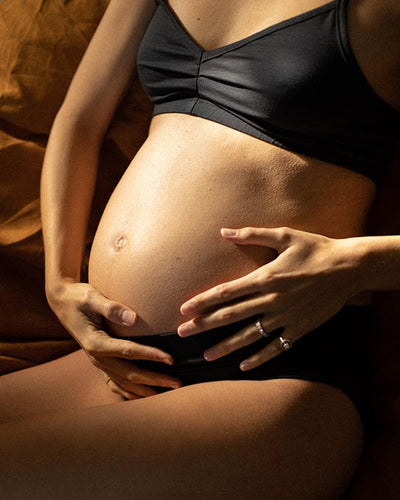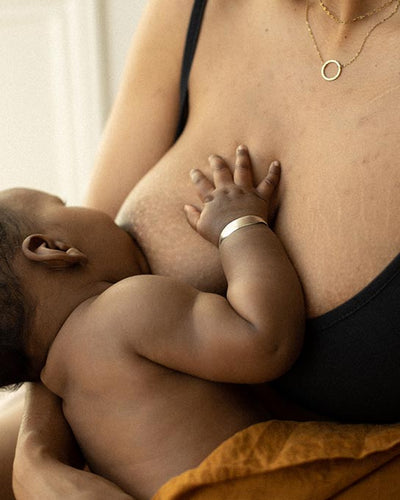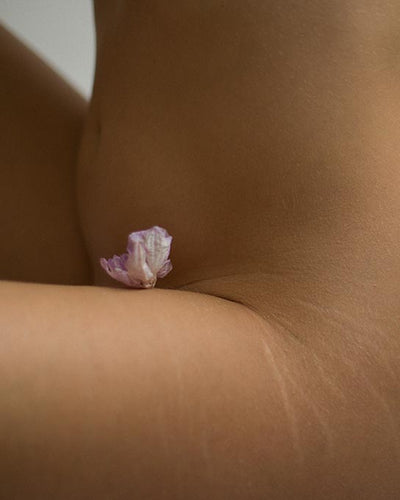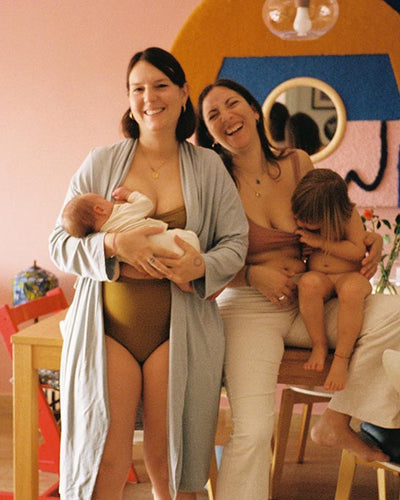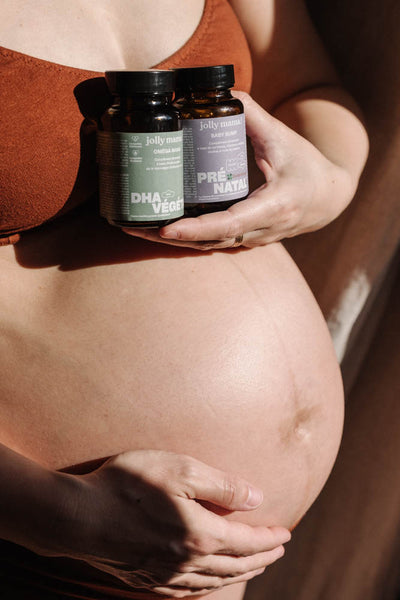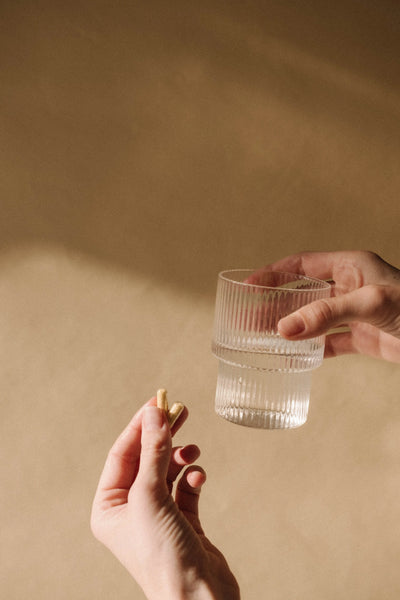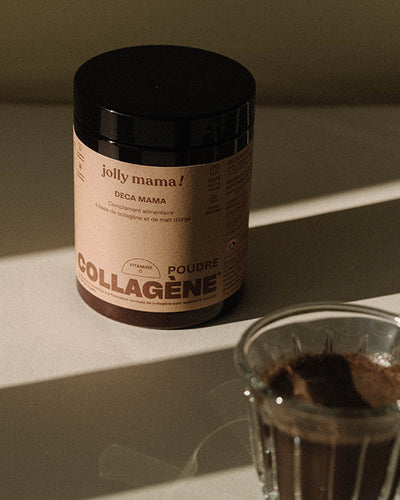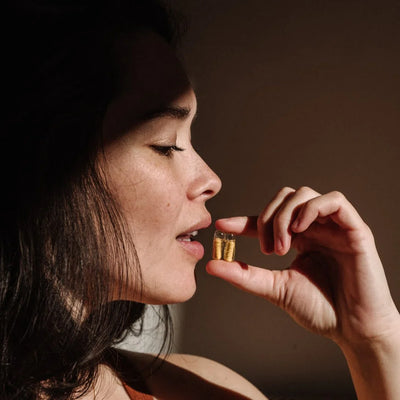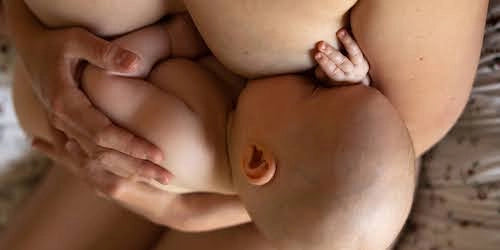Pendant l’allaitement, le lait maternel constitue une source riche en Immunoglobulines A, en facteurs anti-inflammatoires et en cellules immunologiquement actives nécessaires pour induire à la fois une tolérance aux antigènes non nocifs (antigènes alimentaires ou microbes commensaux bénéfiques) et pour développer une défense immunitaire robuste contre les organismes pathogènes. C’est ce qu’on appelle la " voie entéro-mammaire ", qui se produit lorsque les bactéries du tractus gastro-intestinal de la mère sont transloquées vers les glandes mammaires via les cellules immunitaires [1].
La production d’Immunoglobulines A chez le nourrisson est encore très immature. C’est pourquoi leur présence dans le lait maternel permet de protéger le bébé en attendant, une sorte de “parapluie immunitaire”. Les anticorps forment une barrière empêchant la plupart des pathogènes de se lier aux cellules des muqueuses et de l'épiderme [2].
Les immunoglobulines sont présentes en grande concentration dans le colostrum et encore plus particulièrement chez les mères dont les enfants sont nés avant terme.
Pour en savoir plus, retrouvez notre article sur allaitement et immunité.

